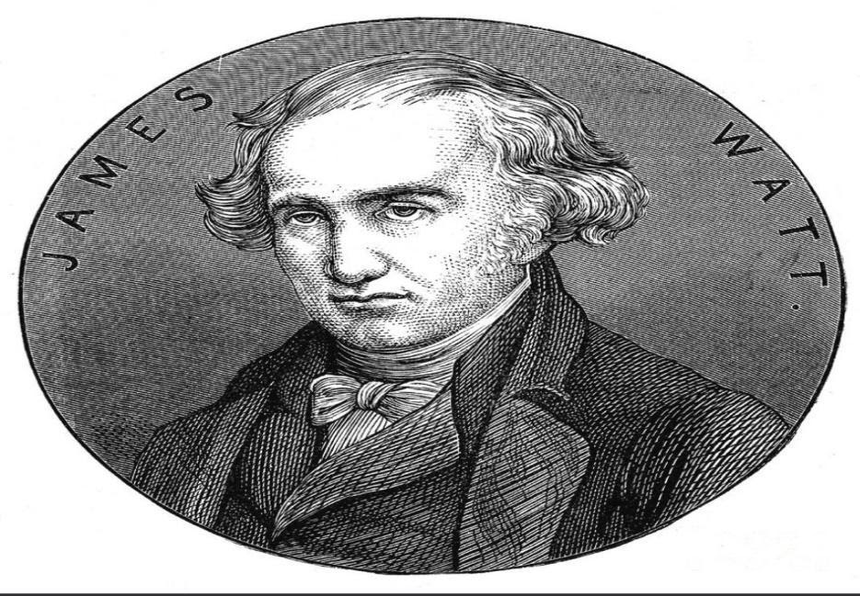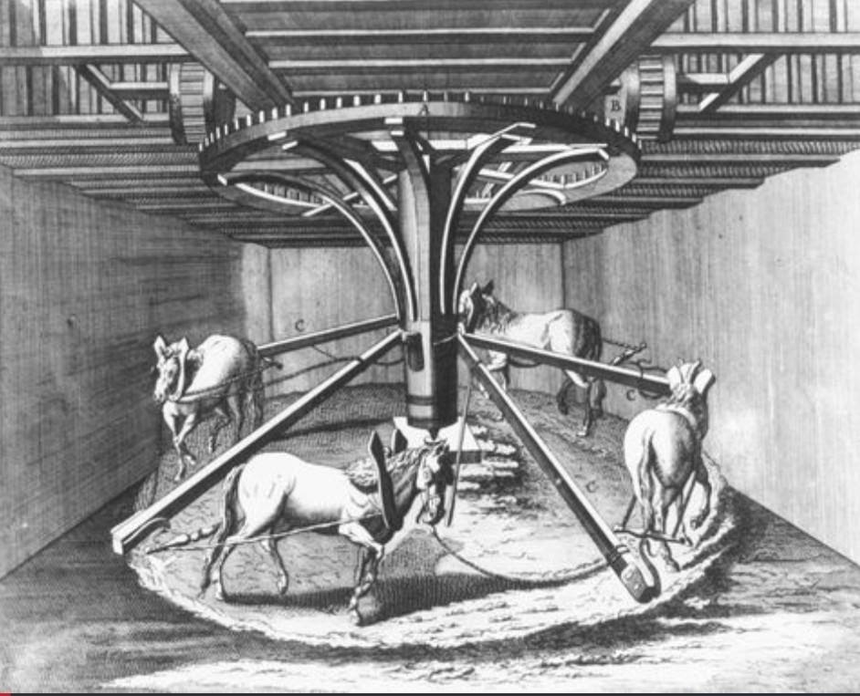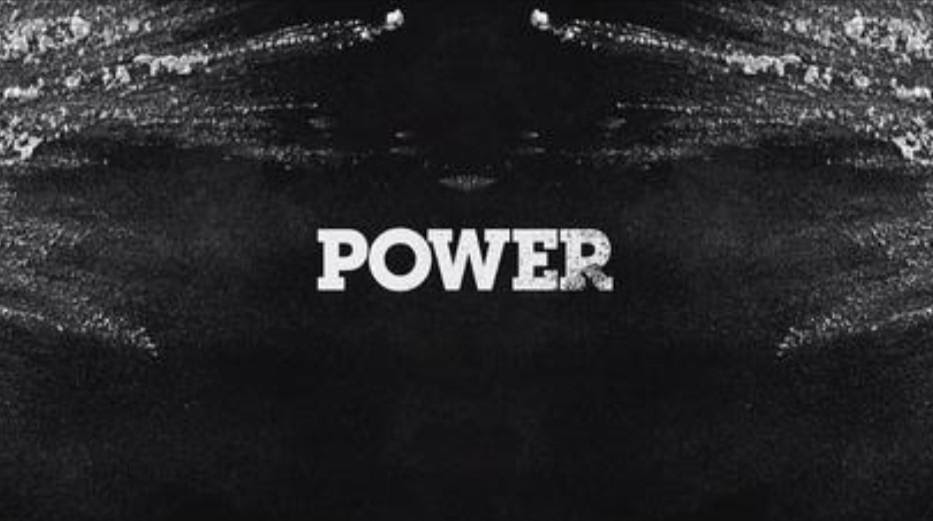Unit of Power - Definition, Unit, FAQs
Introduction
Power is the measurement of doing work per unit time. Let us answer the question what is the unit of power? The SI unit of power is watt, which was given after the Scottish physicist James watt. To measure the capability of his modified steam engine, James watt discovered another unit of power which is horse power unit. But the unit commonly used to express the power of an engine is Watt, which is the practical unit of power. Let's move forward in order to fully grasp and understand what the unit of power is.
What is power?
Also check-
- NCERT Exemplar Class 11th Physics Solutions
- NCERT Exemplar Class 12th Physics Solutions
- NCERT Exemplar Solutions for All Subjects
Power is the defined as the rate at which electrical energy is consumed in an electrical circuit or amount of work done per unit time.
P=WT
Where,
P is the power
W is the work done
T is the time taken
Also, P=dWdT=d(F. r)dT
Where, w = F. r = force x displacement
P= F. drdT
P= F. V
Where, V=drdT=velocity
From P=WT
Unit of power in SI unit is =joulessecond = watt
From the above equation, we can say that the series of basics and physics that are making this work has prequels and sequels, concept that depend on each other and is going to help us understand it better. Joules depend on newton and watt which is the unit of power depends on joules.
Watt is exceedingly simple to understand. It is basically how much energy is used over an amount of time. Hence we can say that, if we spend one joule of energy in one second then that yield one watt.
And from
P= F. V
The unit of power is = ms-1 = kgm2s-3
Differential mathematical forms of electric power:
P=WT
Potential difference V = WQ
So, W = V.Q
P=VQT
From ampere’s law, I=QT
So
P = V.I
Now according to ohm’s law V=IR
So,
P = I2R
Related Topics Link, |
Unit of Power
The unit of power in SI unit is Watt. This name was given by a Scottish scientist James watt. He became very famous because of his contribution in improving the steam engine in 1781.

Let us now define unit of power: Watt
Watt can be defined as the power of appliance which does work or consumes energy at the rate of 1 joule per second. Watt is the measurement of how fast the work is done. The abbreviation for watt is W. Time doesn’t matter in the definition of joule, it is just getting the job of moving an object using one newton of force over one meter. If we use one newton force and we complete one meter distance, no matter how long the task took it is said to have one joule energy. Similarly the Power is simply where time matters and is taken into account and this can be seen in the expression joule per second which is a watt. Watt is used in electrical work. Any power of an electrical appliance tell the rate at which the energy is consumed. So, the power of an electrical appliance is defined in terms of watt. For example, a bulb of 30 watt tells us that it consumes the electrical energy at the rate of 30 joule per second.
Now to understand it better or relate to it let’s take a look at an example:
Let us suppose a man pushes a cart from point A to point B with an energy of one joule. If he covers the distance from point A to point B in one second then he spent one watt of power and if he take two second to cover the same distance then he only produces half(0.5) a watt because it took him twice as long to accomplish the task. Hence we can conclude that the less time it takes to accomplish the task, higher will be the power.
How do we exert one watt power?
The work done to lift a 102g (0.102 kg) through a distance of one meter in one second.
We know,
P=WT =f.dT =m.g.dT
Where, P = power, T= time taken, W= work done, f= force, m= mass,
g is equivalent to acceleration due to gravity, d= distance
After putting the values,
P=0.102 kg.9.81m/s^2 .1m1 s
P=1 Watt
Let’s take a look at another example,
How much do I do on my body when I do one pull up? Assume I raise 60 cm (0.60 m) and I have a mass 95 kg. It takes me 0.5 seconds.
We know,
P=WT =f.dT =m.g.dT
Where, P = power, T= time taken, W= work done, f= force, m= mass,
g is equivalent to acceleration due to gravity, d= distance
After putting the values,
P=95kg.9.81m/s^2 .0.60 m 0.5 s
P=1120 Watt
Now if we are clear with the unit watt let’s see another unit of power which is Horsepower unit.

We measure a power of engine especially the car engine in horsepower. Before cars, trains and buses, horses were the primary vehicle for transportation and for any other commercial work. Horses were widely used for all kinds of power in 18th century and earlier. So, how much power is there in a horsepower? How horsepower came to be one of the most common ways that we measure the power of car engine? Horsepower is the unit of power. Well, the history of the horsepower goes back to the 18th century and the Scottish inventor, James Watt, is a reason behind this unit. The first commercial stem powered device is generally considered to be Thomas Savery’s steam pump which invented in 1698. By 1712, Thomas Newcomen had created a steam engine that could transmit continuous power. Both these early designs were primarily used to pump water for mines. The Newcomen engine was significantly more powerful and replaced the team of 100 horses that have been used to pump water out of a mine. In 1758, the Newcomen engine came to the attention of James Watt a Scottish inventor and mechanical engineer, who made a living by fixing and making scientific and mechanical instrument in Glasgow Scotland. He came up with the term horsepower and coined the horsepower unit. Hence we got, 1 horsepower is equivalent to 746 watts which is 0.746 kilowatts
Also Read:
Other generally used units of power
Following are the all units of power:
Horsepower, abbreviated as HP and is equivalent to 746 watts.
Kilowatts, abbreviated as kW and is equivalent to 1000 watts or 103 watts.
Megawatts, abbreviated as MW and is equivalent to 1000000 watts or 106 watts.
Gigawatts, abbreviated as GW and is equivalent to 1000000000 watts or 109 watts.
Decibel-milliwatts, abbreviated as dBm and is equivalent to 1Watt = 30 dBm.
British thermal unit, abbreviated as BTU and is equivalent to 1Watt = 3.412 BTU/hr.
Calories per second, abbreviated as cal/sec and is equivalent to 1Watt = 0.2 calories per second
Also read -
- NCERT Solutions for Class 11 Physics
- NCERT Solutions for Class 12 Physics
- NCERT Solutions for All Subjects
NCERT Physics Notes:
Frequently Asked Questions (FAQs)
Yes we define watt as joules per second. Hence, it is time dependent.
Watt can be defined as the power of an appliance which does work or consumes energy at the rate of 1 joule per second. Watt is the measurement of how fast the work is done.
James watt
Kilowatt
